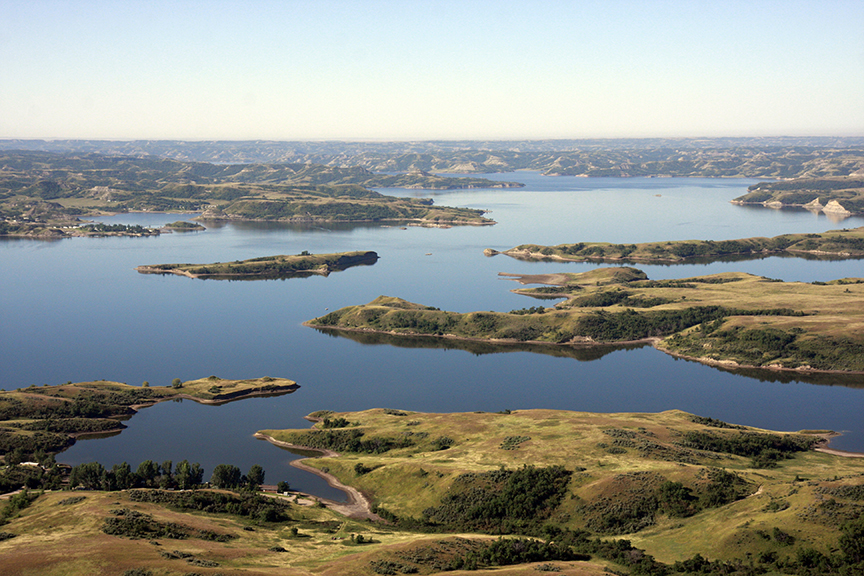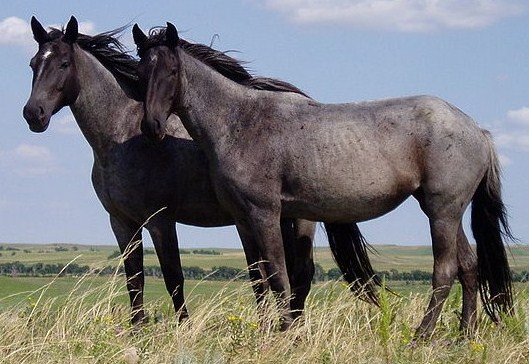While many may think that there aren’t many notable attractions in this quaint midwestern state, those looking for a nature lesson at a lower cost will find gratification. Explorers William Clark and Meriwether Lewis and the Corps of Discovery spent more time in what is now North Dakota than any other place on their journey, and it’s easy to see why. From national and state parks to historic sites galore, it might be time to book a trip to North Dakota.

Agritourism
Known for leading the nation in the production of honey, those with a sweet tooth may find themselves going on a bee hunt using the North Dakota Bee Map. From here, visitors can explore numerous bee farms, go on tours, and buy some of the best honey the nation has to offer. In addition to being the largest producer of honey, North Dakota is also known for its production of spring wheat, durum wheat, dry edible peas, dry edible beans, flaxseed, and canola. With nearly 90% of North Dakota’s land area being farms and ranches, it’s a great place for Agritourism.
39th State?
North Dakota and South Dakota once were rivals and wanted to beat the other to statehood. The Enabling Act of 1889 admitted both territories for statehood. President Benjamin Harrison wanted to avoid the rivalry between to 2 states so he directed his Secretary of State James G. Blaine to shuffle the papers so he wouldn’t know which ones he was signing first. No one knows which of the Dakotas was admitted first. However, since North Dakota is alphabetically first before South Dakota, its proclamation was published first. Also, because of this it is also listed as the 39th state but it is unknown if it is actually the 39th or 40th state.
Lake Sakakawea

Not only is North Dakota a great place for Agritourism, but it also boasts a lake with more shoreline than the California Pacific Coast. Lake Sakakawea is 180 miles long and is brimming with state parks. Anglers, boaters, campers, and swimmers alike enjoy easy access points, beautiful scenery, and plenty of places to drop an anchor. Stop by the Lewis and Clark State Park to see one of the state’s best recreational areas or swing by Williston for the Williston Area Recreation Center for the best indoor surfing the Midwest has to offer.
International Peace Garden
With 2,300 acres of natural beauty, the International Peace Garden is one of the continent’s most symbolic and scenic attractions. Created to symbolize the friendship between the people of the United States of America and the people of Canada, this area features two freshwater lakes, hiking and driving trails, wildflowers, waterfalls, and a large variety of North American birds and animals. For those looking to escape reality, there is no better place to explore then North Dakota’s International Peace Garden.
Nokota Horses

North Dakota has its own breed of horse called the Nokota horse. It was developed near the Little Mississippi River Badlands in the Southwestern corner of the state. Ranchers first encountered wild horses in the 19th century. These wild horses would often breed with the ranch horses that were made up of Indian ponies, Spanish horses, and various other stock and draft horses. By the early 20th century, the feral horse herds became the targets of local ranchers looking to limit grazing competition. The horses were rounded up and either sold, slaughtered or used as ranch horses. Through the 1950s, federal and state agencies tried to remove the horses. When Theodore Roosevelt National Park was established in the 1940s, a few bands of horses were accidentally enclosed within the Park fence. By 1960, these bands were the last remaining feral horses in North Dakota. Over the years the government has tried to rid the park of the horses but there has been public opposition to it. The National Park Service currently maintains a herd of 70 to 110 horses.
